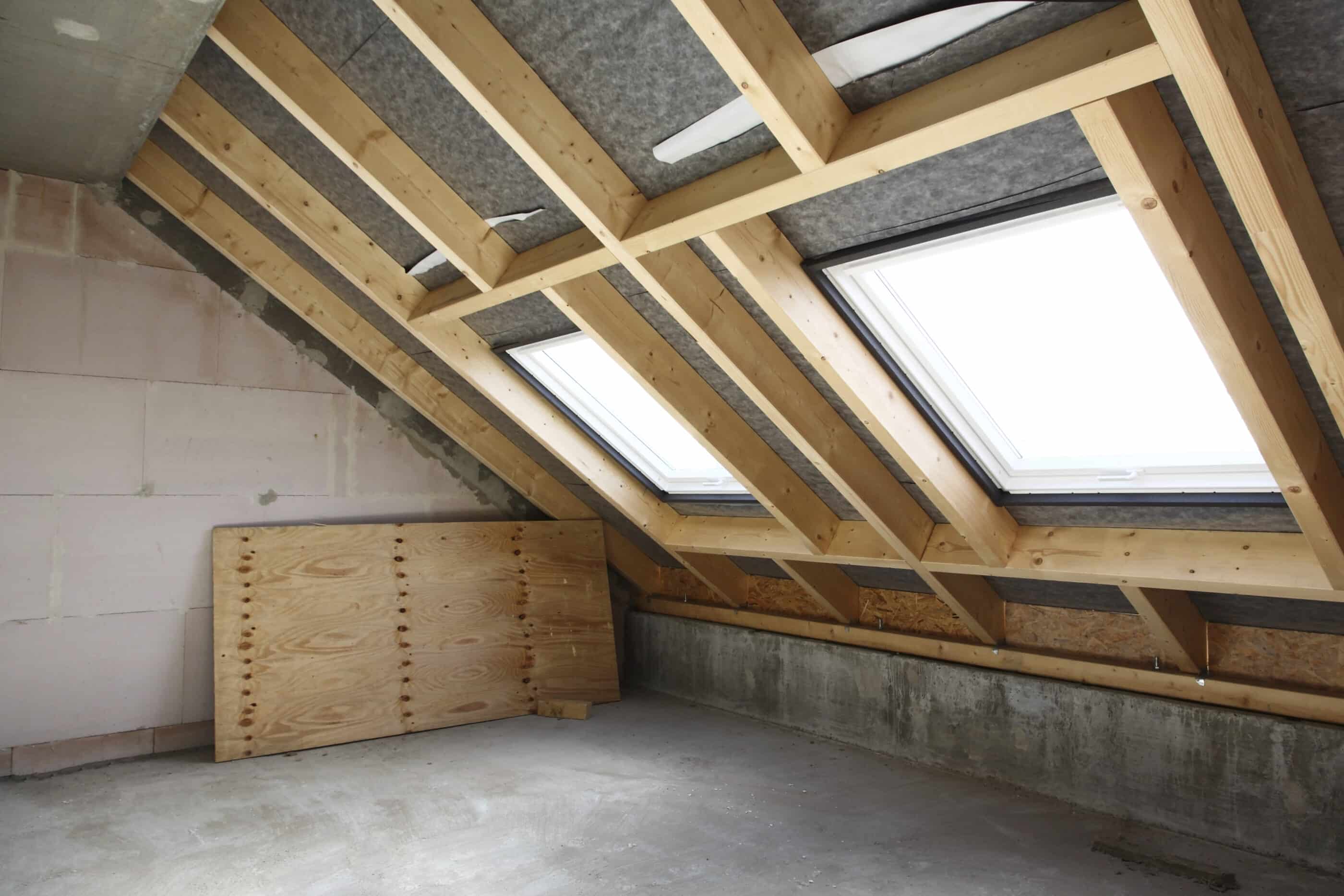The ventilation system in your attic is what enables your home to breathe. Attic vents allow the entry of fresh air into your attic and the exit of heat. Passive and active ventilation systems are the two main types available. Passive ventilation refers to the air movement in the attic caused by natural forces like wind, while active ventilation draws in air from outside and pushes it out from inside.
Why is attic ventilation important?
Out of sight does not equate to out of mind when it comes to maintaining your home. For instance, proper attic ventilation provides several functions and benefits for your home. They include reduced energy costs, cooler, cozier living conditions, and a longer lifespan for your roof.
What are the benefits of a ventilated attic?
Reduced energy costs
You’ll notice fewer energy expenses when your house becomes cooler. Your air conditioner doesn’t have to work as hard to maintain a suitable temperature in your home since your attic and roof ventilation will assist in removing the accumulated hot air. Your power cost will drop significantly when your air conditioner is running more effectively and not continuously battling to maintain a comfortable temperature. It is a huge benefit for smaller and bigger houses.
Minimize moisture
Without proper ventilation, your attic will soon grow moist. Steam rises from your house and becomes trapped in the attic. Also, you’ll encounter mold and mildew, as well as issues with structural integrity if there isn’t enough ventilation to remove the moisture. You might face troubles that spread to your home’s living area. In severe circumstances, homeowners have reported blistered paint and bent doorframes. Excessive moisture can ruin your Insulation, which may damage your health. Therefore, a well-ventilated attic is essential to keep you and your loved ones safe and dry.
Improved home atmosphere
The second floor of a two-story building is often hotter than the first. It’s annoying and inconvenient, especially if you are trying to get some sleep in an upstairs bedroom. Thus, ensure that your attic and roof are adequately ventilated to avoid dealing with excess heat. A well-ventilated attic will help cool the upper floors of your house and generates a more consistent temperature.
Signs of inadequate attic ventilation
Heating and air conditioning problems
Due to the lack of ventilation, your house may not be heating or cooling properly. Heating and cooling units that are too old or too small for the size of your home may also create this problem. However, if the problem persists, check for signs of inadequate ventilation.
Discoloration in the attic
It’s possible to confuse discoloration with mold, but how severe the discoloration is might be the difference between restoring a few boards and the cost of a complete roof renovation. Call an inspector if you see black discoloration in your attic.
Mold
Mold can form in your attic if there’s a lot of warm, damp air trapped there. Good ventilation in your attic prevents any moist air from lingering long enough to create issues. If you’re detecting indications of mildew or mold in your attic, it might be from insufficient ventilation or a leak.
How to Solve Attic Ventilation Problems
Add more ventilation if the damage isn’t severe
Find a reliable roofing company to help you. Roofing tasks are more challenging than you think, and you should examine the decking beneath the shingles for decay.
Install intake vents
installing exhaust vents alone will not solve the problems. Hot air escapes via exhaust vents, whereas cool air is pulled in through intake vents. Without installing intake vents and attic baffles, problems will persist.
A properly ventilated attic benefits your roof and your house year-round. Whether your insulation contractor suggests natural or mechanical ventilation, it’s well worth the investment as your roof’s overall health depends on proper ventilation.

